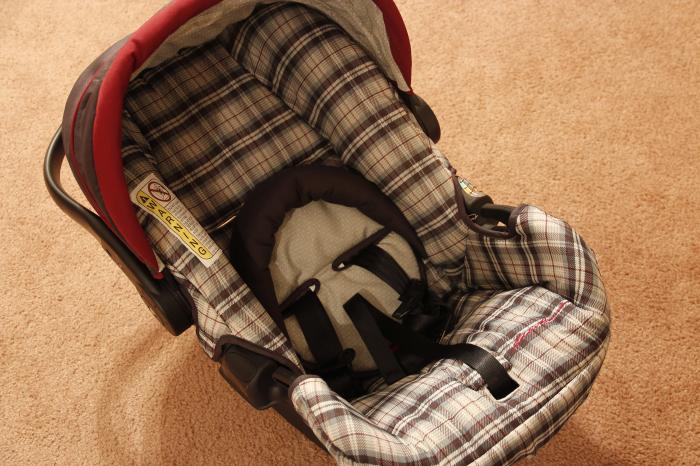Rear-facing car seat design may reduce injury rate of children
Click Here to Manage Email Alerts
The design of a rear-facing child restraint system may impact how the child is protected against injury during a collision in the rear of the vehicle, with noticeable benefits observed when Swedish-style tethering and an anti-rebound bar were used, according to findings published in a SAE International Technical Paper.
“[Parents ask me about rear-facing car seats] a lot because they are concerned about the child facing the impact of the crash,” Julie Mansfield, MS, PhD candidate and a research engineer in the Injury Biomechanics Research Center at Ohio State College of Medicine, said in a press release. “It shows parents are really thinking about where these impacts are coming from.”
To assess whether placing children in rear-facing child restraint systems protects them from moderate impacts sustained to the rear of the vehicle, the researchers conducted 12 sled tests in which four different restraint systems were examined. The impacts used in these sled tests featured a weight of 18.4 g and a speed of approximately 28.2 km per hour, and all restraint systems were placed in the rear outboard positions of a sedan.

Mansfield and colleagues observed the effects of these collisions using models that compared a 12-month-old child with a 3-year-old child. Each device was equipped with head and chest accelerometers and head angular rate sensors, six-axis upper neck load cells. The 3-year-old model also was examined with a chest linear potentiometer. The researchers then assessed how carry handle position, the child’s size, the use of an antirebound bar, Swedish-style tethering and whether lower anchor or seat belt instillation affect the child’s safety during impact.
Once data were collected from the sled tests, Mansfield and colleagues compared the results with pediatric injury assessment reference values.
When the impacts sustained in the sled tests were examined, head injury assessment (HIC15) values ranged from 9.6 to 89.2. The researchers also observed a range when examining the chest resultant acceleration, which was between 21.3 and 39.9 (3-ms duration).
The researchers noted that neck load and the effect of the child’s head hitting the seat varied based on the composition of the restraint system used. For example, Mansfield and colleagues observed that when a Swedish-style tether was used to restrain a child within the vehicle, the seat rotated less during impact but increased the neck load experienced by the child. When an antirebound bar was used, the restraint system was less likely to rotate and did not contribute to a significant increase in injury.
“Even though the child is facing the direction of the impact, it does not mean that a rear-facing car seat is not going to do its job,” Mansfield said. “It still has a lot of different features and mechanisms to absorb that crash energy and protect the child.”
“The rear-facing seat is able to support the child’s head, neck and spine and keep those really vulnerable body regions well protected,” she continued. “These regions are especially vulnerable in the newborns and younger children whose spine and vertebrae have not fused and fully developed yet.” – by Katherine Bortz
Disclosures: The authors report no relevant financial disclosures.
